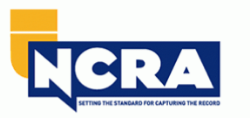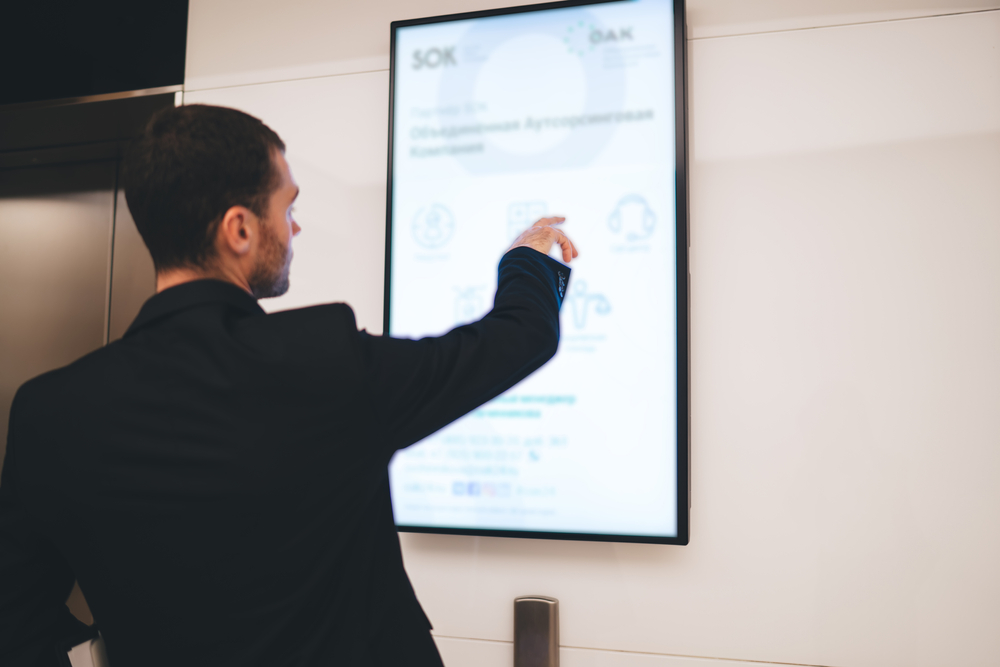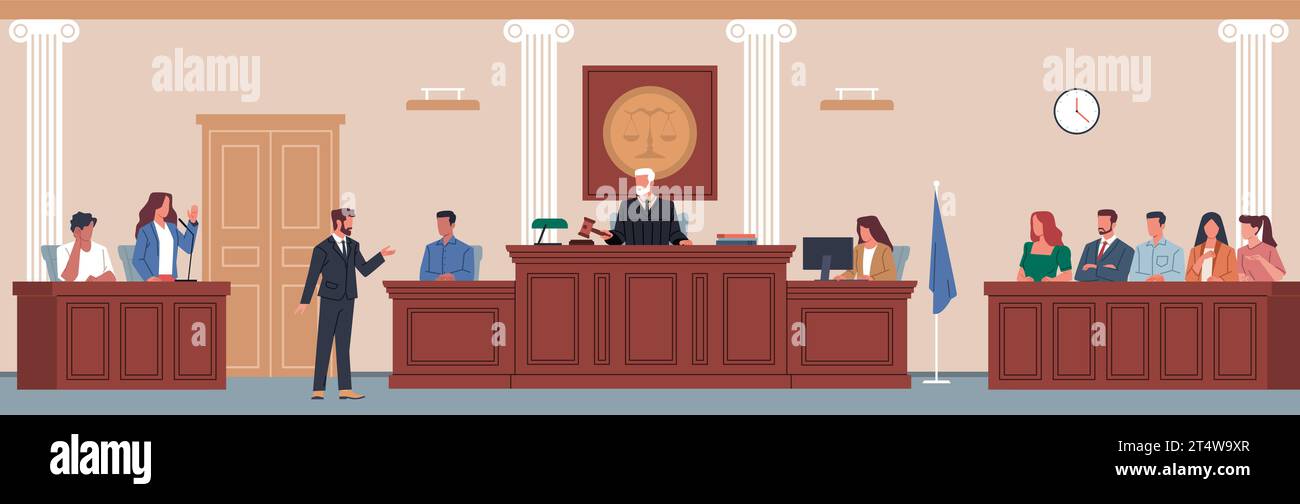Organize case evidence into impactful trial presentations for juries.
Understanding Just How Trial Presentations Can Change Your Lawful Strategy
The assimilation of test discussions into legal technique is increasingly recognized as a pivotal variable in the court room. By taking advantage of the power of aesthetic storytelling and multimedia elements, lawyers can offer complicated information in a manner that reverberates with jurors and improves their understanding.
The Significance of Aesthetic Narration

Utilizing the power of visual storytelling can dramatically improve the effectiveness of test presentations. In the world of legal process, the capability to share complicated information in an interesting and available fashion is vital. Aesthetic storytelling goes beyond conventional spoken communication by incorporating images, charts, and videos to show bottom lines, making the story much more engaging and simpler to understand.
Jurors frequently battle to keep complex details provided only through message or speech; nonetheless, a well-crafted visual story can boost retention and foster a deeper psychological link to the case. Aesthetic help can simplify complex proof, emphasize disparities, and underscore important disagreements, therefore reinforcing the attorney's story.

Secret Aspects of Reliable Presentations
Efficient trial presentations hinge on several key components that add to their total influence and clearness. The presentation ought to comply with a logical flow, guiding the court through the facts and debates in a systematic way.
Aesthetic help play an important function. Utilizing graphes, layouts, and photos can enhance understanding by illustrating vital ideas and evidence. These components must be clear and skillfully designed, staying clear of unnecessary clutter that can distract from the message.
Another pivotal component is the speaker's delivery. Self-confidence, clearness, and engagement are essential for preserving the jury's focus. Practicing effective body movement and vocal inflection can considerably enhance the persuasiveness of the discussion.
Leveraging Technology in the Court Room
The assimilation of innovation in the court room has changed the method lawful presentations are performed, improving both efficiency and comprehension. Modern devices such as electronic proof presentation systems enable attorneys to show documents, videos, and photos in a clear and organized fashion, helping with far better understanding among jurors. These systems allow real-time annotations and zoom functions, which can highlight essential elements you could try these out of proof that might otherwise go undetected.
Moreover, cloud-based platforms use lawyers the capability to accessibility case materials from another location, ensuring that they can provide details seamlessly, no matter place - trial presentations. Digital display screens and projectors have replaced standard boards, giving a more engaging and visually attractive approach for presenting Website arguments
Using trial discussion software program further improves the preparation procedure, permitting lawful teams to arrange their products successfully. This modern technology fosters collaboration among team members, ensuring that all elements of the situation are attended to thoroughly.
Eventually, leveraging modern technology in the court room not just boosts the discussion of proof however likewise supports a much more convincing narrative, enabling attorneys to communicate their disagreements successfully and strategically. Embracing these innovations is important for attorneys aiming to elevate their court room visibility and attain positive results.
Engaging Jurors Through Multimedia
Multimedia presentations work as an effective device for engaging jurors, transforming typical court room characteristics into even more interactive and engaging experiences. By integrating visual components such as video clips, animations, and infographics, legal experts can record jurors' interest and enhance their understanding of intricate info. Visual help not just simplify detailed lawful concepts yet likewise evoke feelings, making the situation more relatable and remarkable.
Using multimedia aligns with just how people naturally refine info today, where visual stimulations dominate interaction. Jurors typically retain details better when it exists in a visually interesting style, facilitating enhanced recollection during considerations. Effective multimedia discussions can highlight key proof, display timelines, and present witness testaments in a style that reverberates with jurors, fostering much deeper connections to the situation.
Additionally, multimedia can aid maintain jurors' emphasis, decreasing the possibility of disengagement throughout extensive trial procedures. By damaging the uniformity of standard verbal discussions, lawyers can create a dynamic narrative that holds jurors' rate of interest. Inevitably, leveraging multimedia not only improves comprehension however can additionally affect jurors' assumptions and decisions, making it an indispensable asset in modern-day legal techniques.
Methods for Crafting Engaging Stories
Crafting engaging stories is important for attorneys seeking to resonate with jurors and communicate their situation successfully. A well-structured story not just records focus but also facilitates understanding and retention of essential facts.
To establish a powerful narrative, attorneys should begin by identifying the core theme of their instance. This main motif needs to mirror the psychological and accurate heart of the matter, directing the story throughout the test. Next off, lawyers need to consider their audience-- jurors who might not have legal knowledge. Simplifying complex legal terms right into relatable language can connect this gap - trial presentations.
Including character-driven narration is likewise vital. Jurors get in touch with people rather than abstract visit homepage principles, so providing a compelling lead character-- be it the customer or a victim-- can stimulate empathy. Additionally, making use of a chronological framework assists maintain quality, enabling jurors to adhere to the narrative seamlessly.
Aesthetic aids, when used purposefully, can improve storytelling by showing key factors and reinforcing the story's emotional influence. Ultimately, an engaging narrative not just informs however also convinces, making it an important component in an attorney's test strategy. Crafting such stories requires mindful preparation and an understanding of the juror's viewpoint, making certain the instance resonates on a human level.

Conclusion
In conclusion, trial discussions stand for a critical component in modern legal method, boosting the effectiveness of interaction within the court room. By employing visual storytelling and incorporating multimedia components, attorneys can simplify complicated details and involve jurors on an emotional level.